Ukrainian President Volodymyr Zelensky is set to meet with former U.S. President Donald Trump at the White House on Friday, October 17, 2025, in what could become a pivotal moment in the ongoing conflict between Ukraine and Russia. The central topic of discussion: the potential provision of long-range Tomahawk missiles to Ukraine, a move that could significantly enhance Kyiv’s military capabilities and reshape the balance of power in Eastern Europe.
Background: The Request for Advanced Weaponry
Since the escalation of hostilities with Russia, Ukraine has been seeking advanced military systems to counter Russian aggression effectively. Zelensky has repeatedly emphasized the need for long-range precision weaponry capable of striking deep into enemy territory, arguing that such capabilities are essential for both deterrence and achieving leverage in peace negotiations.
The Tomahawk missile, a U.S.-made precision-guided system capable of striking targets hundreds of miles away, represents one of the most sought-after assets in Ukraine’s request. By deploying these missiles, Ukrainian forces could potentially target Russian military infrastructure, command centers, and logistical hubs far beyond the front lines. Zelensky believes that demonstrating the capability to reach strategic targets in Russia could compel Russian President Vladimir Putin to engage more seriously in diplomatic negotiations, potentially creating an opening for a lasting ceasefire.
Trump’s Position and Strategic Calculations
Former President Donald Trump has publicly indicated cautious support for supplying Tomahawk missiles to Ukraine, noting that he has “sort of made a decision” regarding approval. However, he has stressed the importance of understanding how Ukraine intends to use such weapons, signaling a desire to prevent unintentional escalation that could provoke a broader conflict.
The U.S. position is complex. Supplying advanced weaponry to Ukraine could serve as a strong signal of continued American support for Kyiv and NATO’s eastern flank, while also deterring further Russian advances. However, it risks escalating tensions with Moscow, which has warned that the introduction of long-range missiles into the conflict represents a “new stage of escalation.” The Kremlin has repeatedly stated that such moves could damage U.S.-Russia relations and further entrench hostilities.
Diplomatic Implications
The meeting between Zelensky and Trump is not just a military discussion; it carries significant diplomatic weight. A decision to provide Tomahawk missiles would mark a major escalation in U.S. involvement in the conflict and could influence other NATO members to consider similar support.
International observers will be closely monitoring the outcomes, as they could set a precedent for future Western military assistance. The discussion also underscores Ukraine’s broader strategy of leveraging international partnerships to strengthen its negotiating position and achieve favorable terms in any potential peace settlement.
Potential Regional and Global Impact
The deployment of Tomahawk missiles in Ukraine could alter the strategic calculus in the region. Russian military planners may be forced to reassess their positions and defensive measures, potentially slowing offensive operations. Meanwhile, NATO allies could see this as a reinforcement of the U.S. commitment to collective security in Eastern Europe.
On the other hand, critics warn that introducing such high-capability weapons increases the risk of miscalculation, potentially drawing the conflict into an unpredictable spiral. There is concern that Moscow could respond aggressively, escalating hostilities beyond Ukraine’s borders or targeting U.S. interests indirectly.
Domestic Political Dimensions
The discussions also have domestic political implications for both leaders. For Zelensky, securing Tomahawk missiles would be a significant demonstration of leadership and commitment to national defense. For Trump, engagement in Ukraine’s military request highlights his ongoing influence in U.S. foreign policy circles and his ability to shape international decisions even after leaving office.
Looking Ahead
As President Zelensky arrives in Washington, the stakes could not be higher. The potential approval of Tomahawk missiles would be a defining moment in the Ukraine-Russia conflict, signaling both enhanced military capability and deepening Western involvement.
The international community will be watching closely. A successful agreement could embolden Ukraine, deter further Russian aggression, and potentially pave the way for renewed diplomatic negotiations. Conversely, failure to reach a consensus—or missteps in the deployment of such weapons—could heighten tensions and prolong the conflict.
Conclusion
The upcoming meeting between Zelensky and Trump represents a convergence of military strategy, diplomacy, and geopolitical maneuvering. The decision on Tomahawk missiles balances the potential for strategic advantage against the risk of escalating a volatile conflict.
In the coming days, the outcome will reveal not only Ukraine’s military trajectory but also the broader alignment of global powers in response to one of the most pressing security challenges in Europe today. Zelensky’s push for Tomahawks is more than a weapons request—it is a calculated effort to reshape the battlefield, influence diplomacy, and secure a stronger position for Ukraine in its fight for sovereignty.

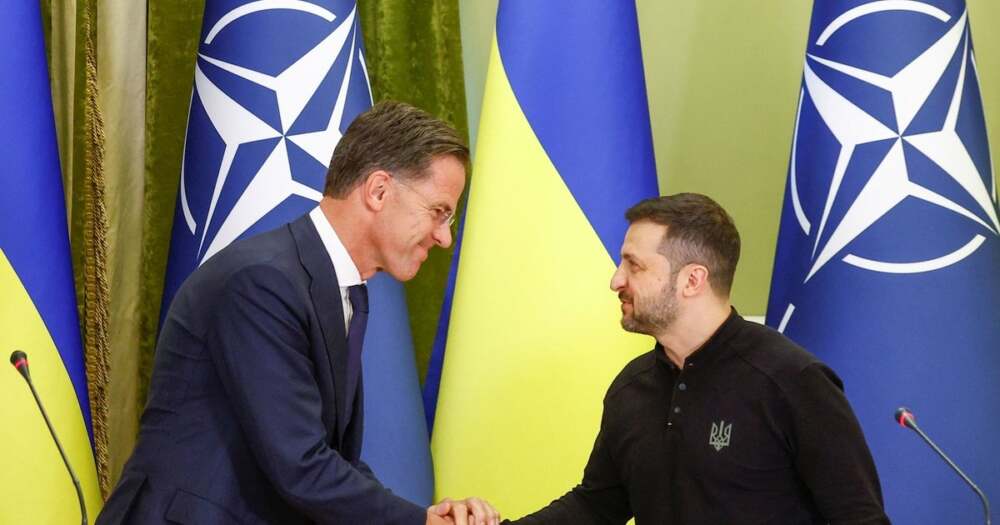
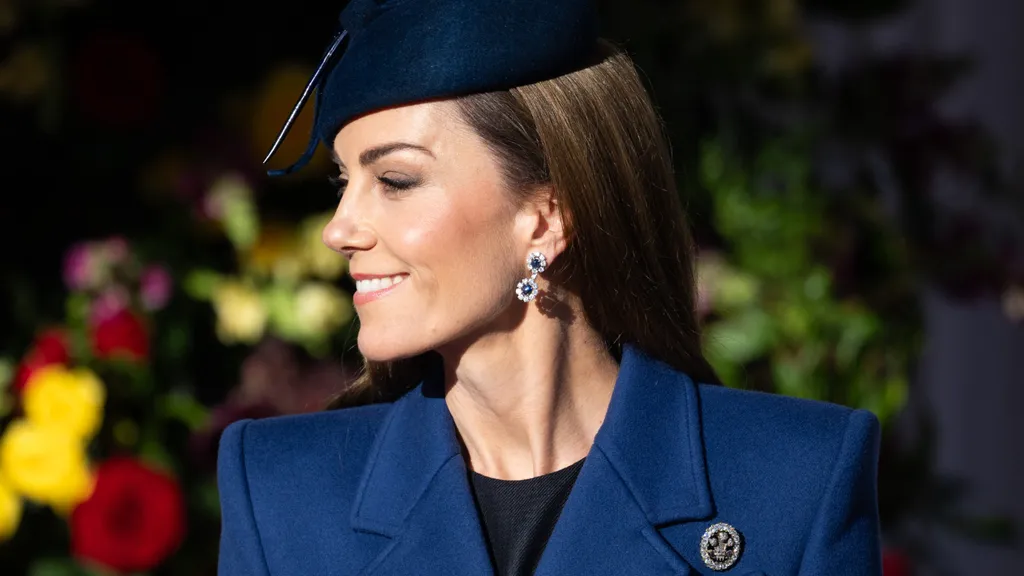
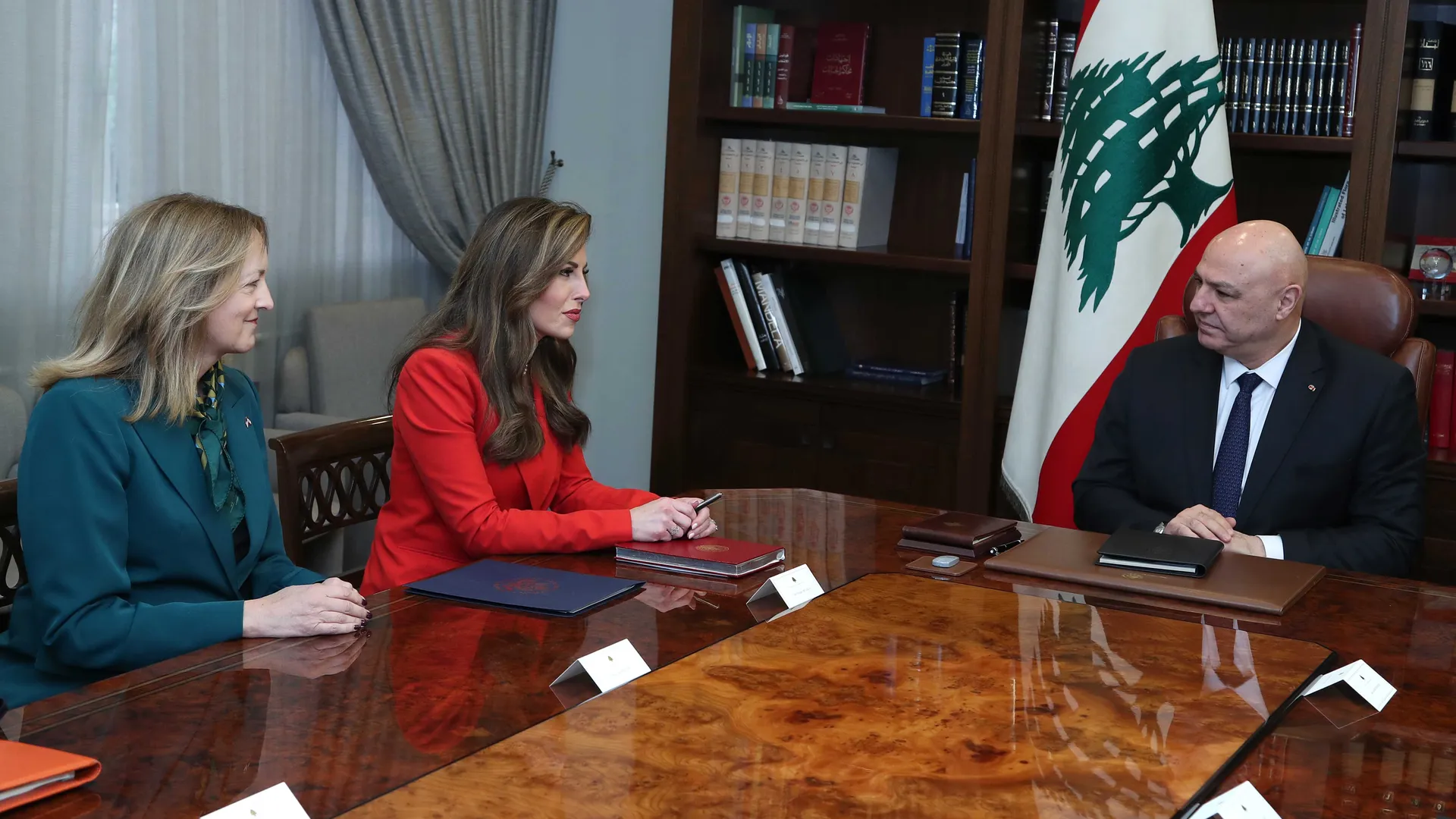

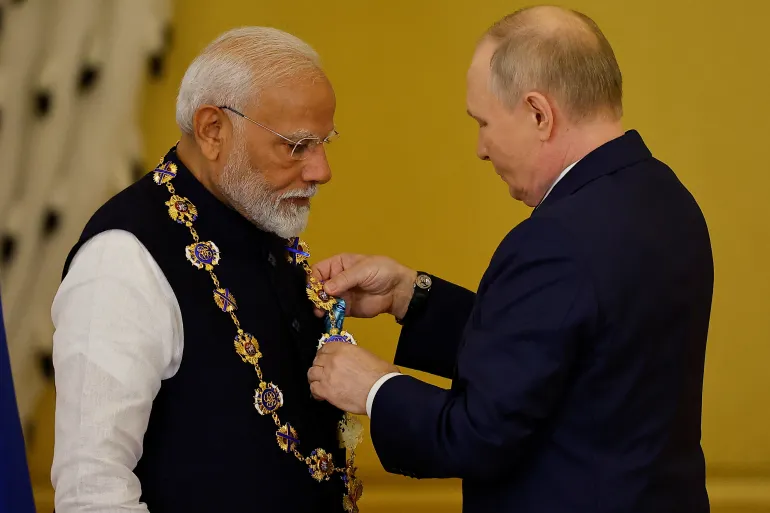
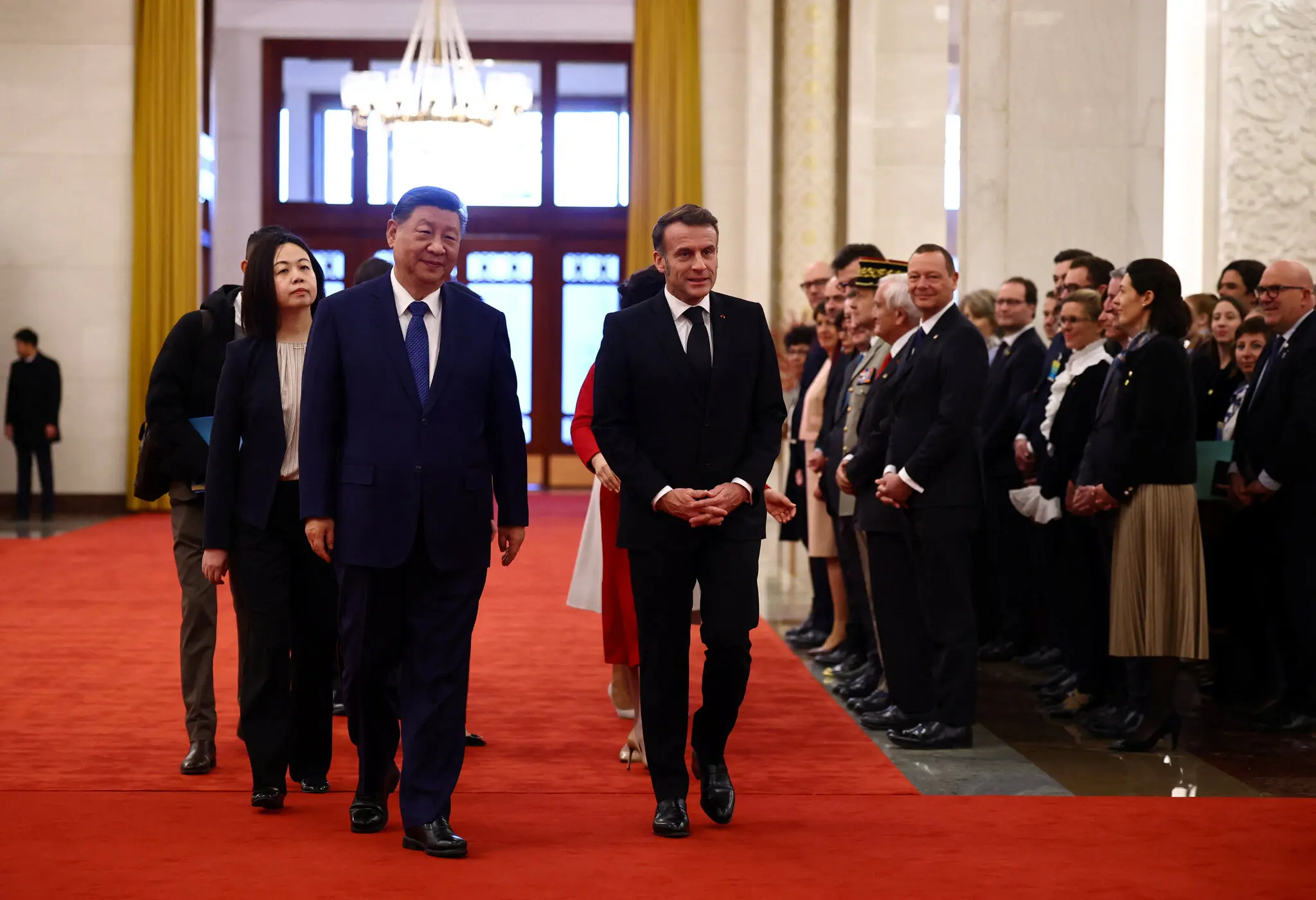
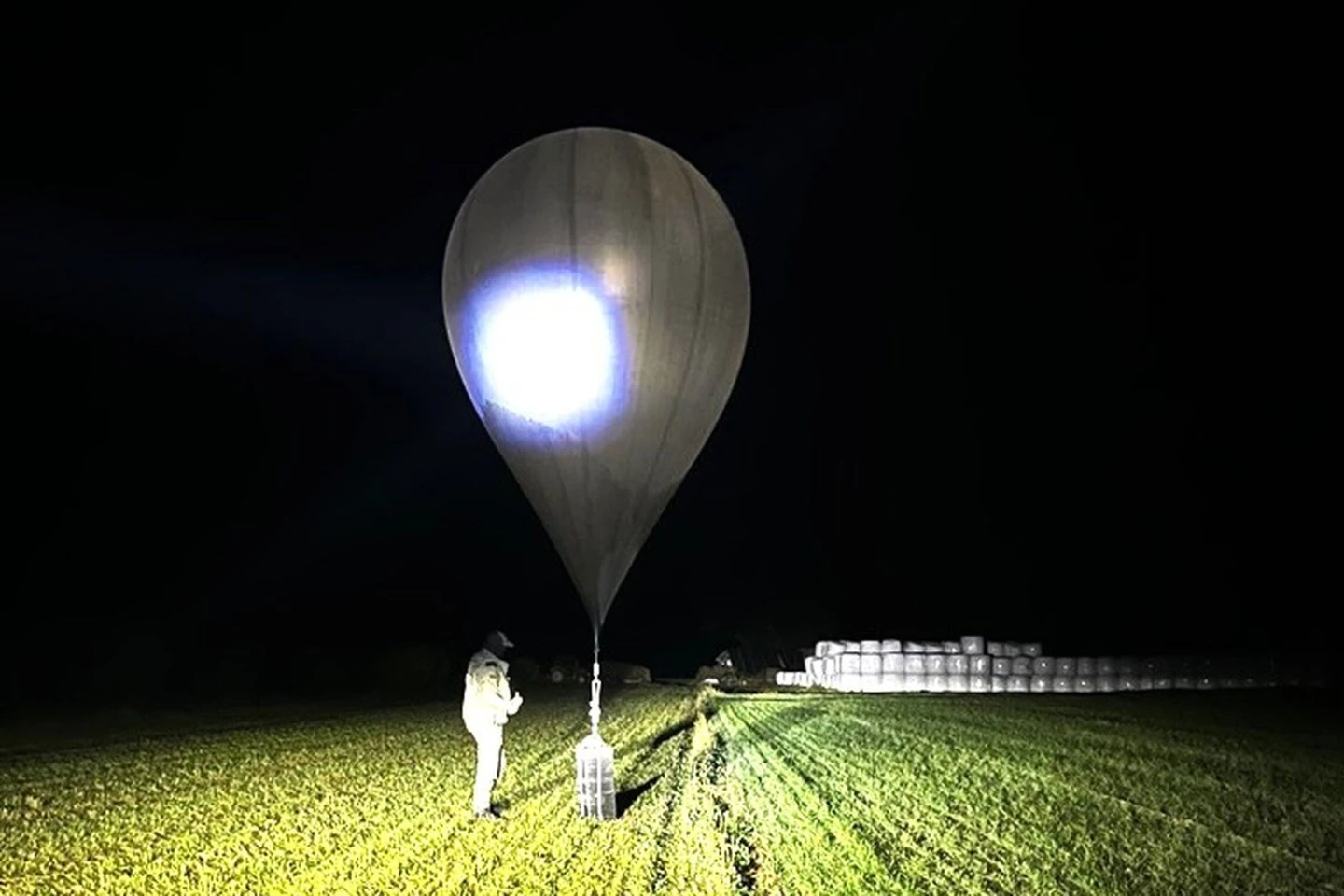
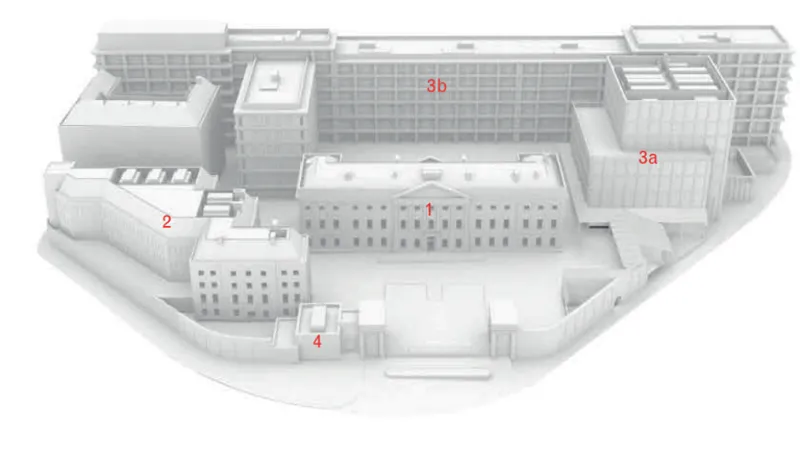


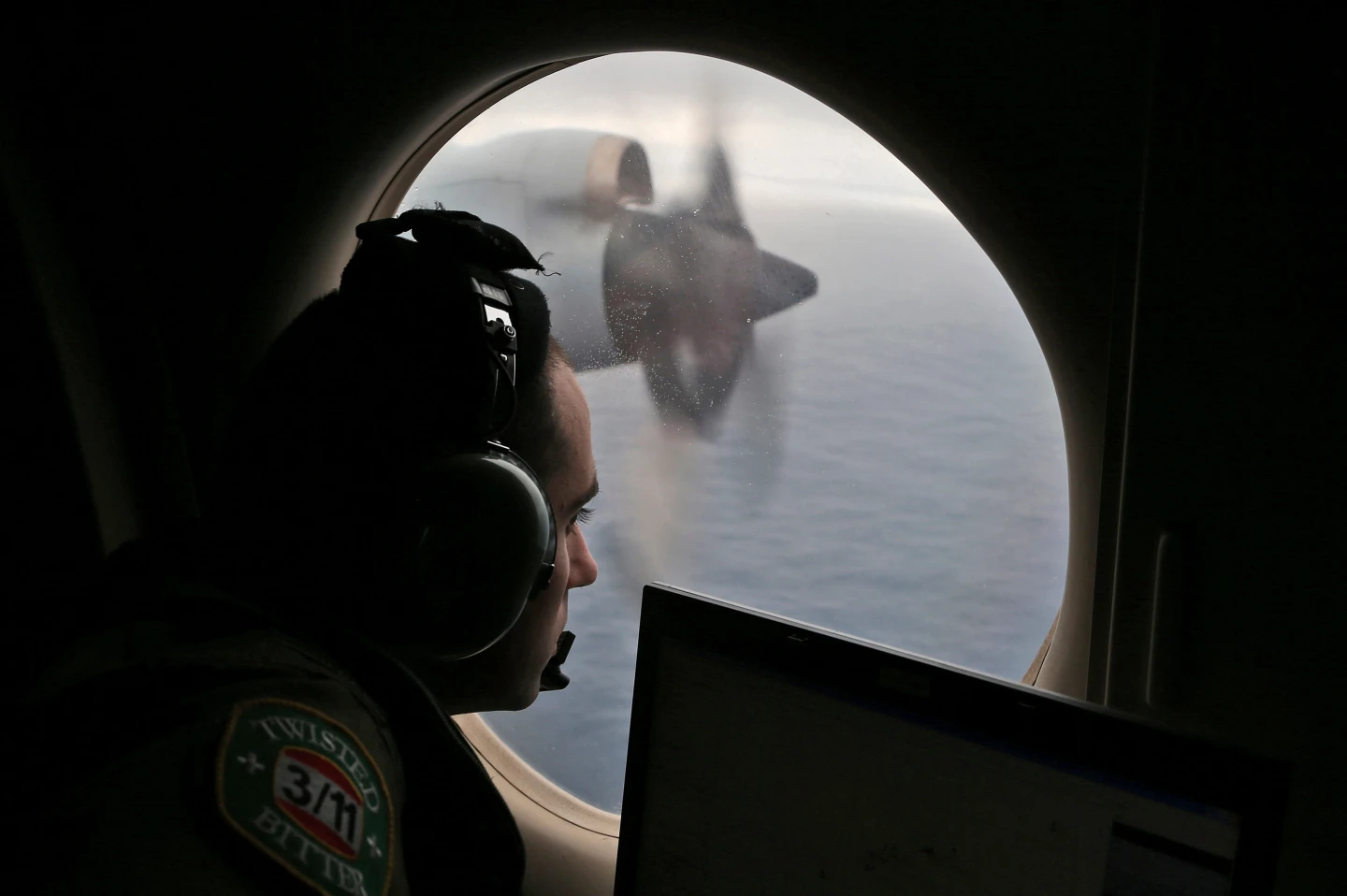




Leave a Reply